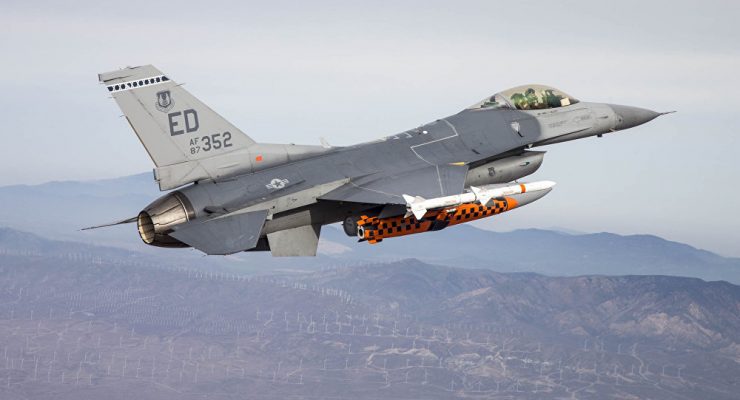
Jerusalem: Recent flight tests of the F-16V fighter jet incorporated a new version of the pilot’s helmet that introduces a visor with optical inertial trackers, and is designed to provide improved durability, accuracy and comfort for long flights.
The Joint Helmet Mounted Cueing System II is manufactured by Collins Elbit Vision Systems, a joint venture between Collins Aerospace and Elbit Systems of America.
The flight tests followed a safety qualification test for the helmet last year meant as a step toward making the JHMCS II the baseline helmet for the F-16 Fighting Falcon Viper (V) Block 70/72, made by Lockheed Martin. The safety test was performed on the ground, and the helmet was subjected to wind blasts.
The JHMCS II is manufactured by a joint venture between Collins Aerospace and Elbit Systems of America.
Jeff Hoberg, a co-general manager with the joint venture, said the helmet was specifically created for aircraft like the F-16V and builds on the legacy of the earlier JHMCS variants used on F-15, F-16 and F-18 jets.
With an optical inertial tracker, the JHMCS II is more accurate than previous models, and its improved center of gravity mitigates pilot fatigue, as the helmet aligns better with the spine, Hoberg said. The optical tracking is made possible by upgrades to algorithms and software, the placement of a tracking part on the front of the helmet above the eyes, and a reference unit on the dashboard console of the aircraft.
“Likewise it has a color display, and when you add color to the display, air crew can absorb more information,” he added.
The next step for the helmet, Hoberg explained, is to continue flight tests this year and through early next year, with the expectation that the new variant will be certified as the baseline helmet for the F-16V. The JHMCS II is the only helmet-mounted display integrated and tested on the F-16V.








